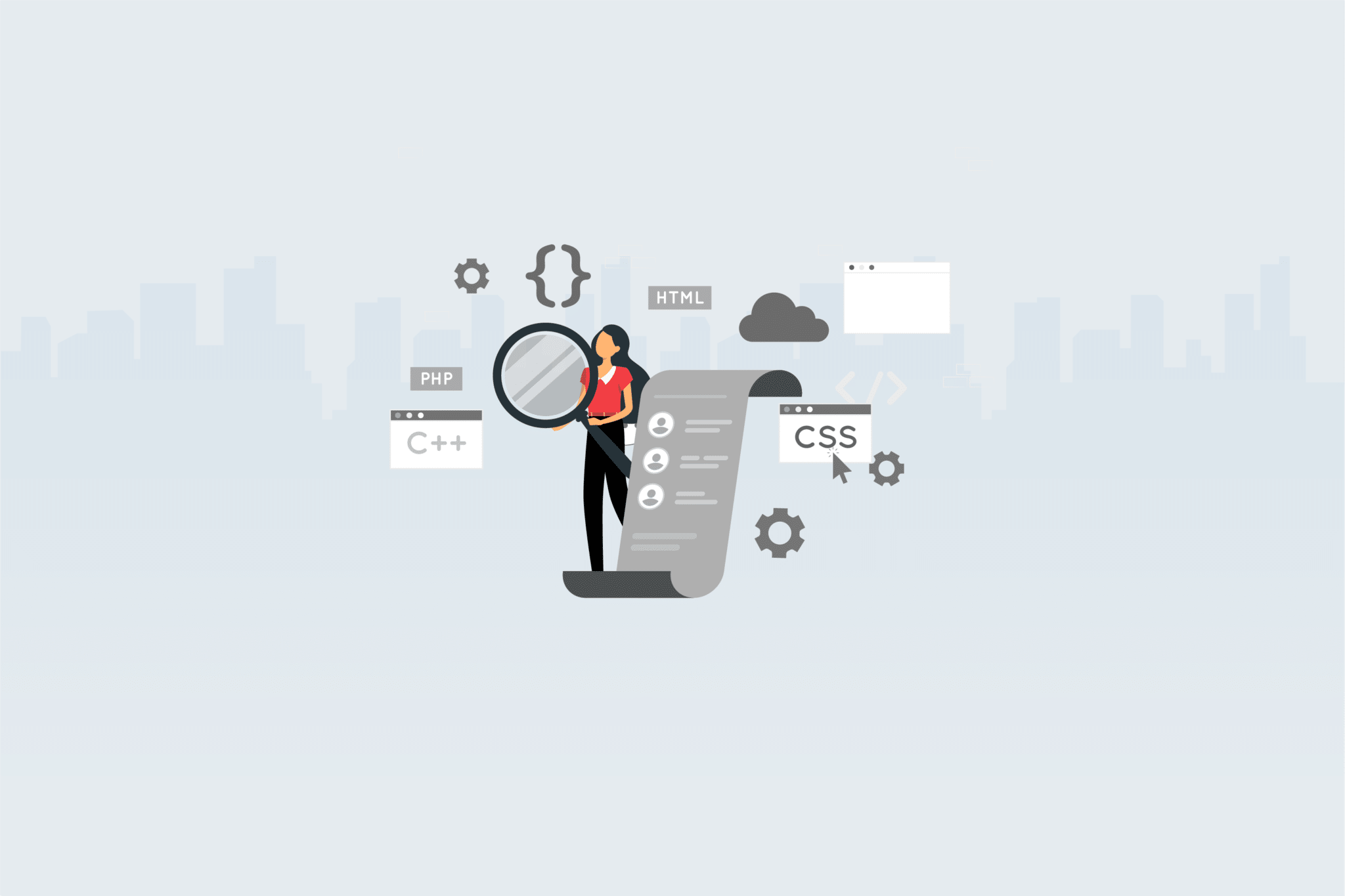Talent assessment tools play a pivotal role in effectively managing and nurturing talent pools within diverse industries. These tools are instrumental in evaluating and quantifying the skill assessment of potential candidates. Talent assessment tools provide organizations with a strategic advantage by facilitating a comprehensive understanding of an individual’s capabilities, enabling a more informed hiring decision-making process.
The significance of skill assessment through these talent assessment tools cannot be overstated. These tools empower HR management by equipping them with reliable data to identify and engage with top-tier candidates. Whether considering immediate staffing needs or long-term talent acquisition goals, the implementation of talent assessment tools results in an optimized recruitment strategy that yields consistent and predictable outcomes.
Incorporating skill assessment into talent pools streamlines the recruitment process. With talent assessment tools integrated into the approach, organizations can sift through applicants more efficiently, pinpointing candidates whose skills align with the specific job requirements. This process not only saves time but also increases the likelihood of identifying individuals with the competencies essential for success in the role.
Moreover, talent assessment tools cater to both short-term and long-term organizational needs. In the short term, they expedite the identification of suitable candidates, expediting the hiring process and minimizing disruptions caused by prolonged vacancies. Over the long term, these tools foster a robust pipeline of qualified individuals, ensuring that the organization consistently possesses the human capital necessary to achieve its strategic objectives.
By leveraging talent assessment tools, HR professionals are equipped to make smarter and data-driven recruiting decisions. These tools provide a holistic view of a candidate’s skillset, going beyond the surface to uncover latent abilities that might not be immediately apparent. Consequently, organizations can align their hiring efforts with the specific skill sets required for each position, resulting in improved workforce productivity and job satisfaction.
Aside from the competitive advantages it brings to the table, we’ll be going through how to build a talent pool in 5 simple steps.
What it means to build a talent pool
A talent pool is a list of candidates with the potential to become employees for current or future job openings in your organization.
These people may include:
- Former employees
- Previous candidates
- Current job applicants
When referring to building a talent pool, it means building a list of skilled candidates. You may also have multiple talent pools for different job positions, e.g. tech-based roles.
By categorizing professionals into specific groups based on their corporate profile, you’re able to filter them based on certain criteria. For instance, their strengths and skillsets. Therefore, it can speed up the recruitment process and improve decision-making.
How to build a talent pool
We’ve included 5 steps you can use to get in front of your ideal group of candidates to build an effective talent pool. As a general rule of thumb, it’s good practice to personalize your approach with each applicant.
1. Start with candidate sourcing
Candidate sourcing means proactively finding job seekers who meet the minimum requirements.
Essentially, the candidates you invest time in are at least qualified for the role.
It’s effective for making sure all skilled workers reach the interview stage and are moving forward in the recruiting process. Plus, you’re appealing to both active and passive job seekers so that you’re not limiting the search for ideal talent.
Here are a few examples of where you can start:
- Create a compelling job description
- Advertise on job boards
- Promote on social media, e.g. LinkedIn
- Use an applicant tracking system (ATS)
- Participate or host (virtual) recruiting events
2. Focus on recruitment marketing
Recruitment marketing helps you foster a community of followers that resonate with your cultural values.
Focus on creating content that showcases the human side of your brand and what the work environment looks like behind the scenes. This is what develops an emotional connection with prospective candidates.
It also endorses an inclusive and diverse workplace, which can encourage more people to make an application.
Naturally, you’re building a positive reputation and developing employer branding. At face value and through word of mouth, it can increase the chances of attracting your ideal talent.
3. Stay in touch with applicants and previous employees
All applicants have a degree of potential.
That doesn’t just include those in the current pipeline. It includes previous applicants that didn’t get past the candidate assessment or interview stage. More importantly, this also includes former employees.
If they lack a particular skill, it doesn’t mean they’re not worth investing in.
Sometimes, there are gaps that can be bridged, which can lead to long-term advantages.
In another case where they’re not the best fit for one job opening, they could be a stronger fit for another similar role. When the time comes where that position becomes vacant, you’re able to fill the need faster since you’ll have a list of contacts to reach out to.
4. Use candidate assessments to bridge the skills gap
It’s vital to take a data-driven approach. For instance, using AI and modern technology removes unconscious bias and subjectivity when making a hiring decision.
This is applicable to not only your list of candidates.
But, you can also provide short assessments to current employees to identify the skills gap in your workplace. As a result, you’re able to trace back to how you can improve the team’s chemistry and performance by hiring the right talent with certain capabilities.
If you have a plan prepared for how you could bridge those gaps, it opens up more talent acquisition opportunities.
5. Focus on hiring graduates
Some students and graduates could be looking for an internship, placement year, or a new job opportunity.
Even if they don’t have all the experience and attributes of your ideal candidate, it doesn’t necessarily mean they’re not skilled enough for the job.
In fact, hiring a graduate comes with competitive advantages such as:
- Gain a different perspective
- Lower salary costs
- Strong cultural fit
Since graduates have limited experience in the corporate environment, it also means they don’t have many workplace habits. In other words, you can mold them into your own so that they become the ideal employee you’ve been looking for.
3 Advantages of building an effective talent pool
The CEO of Testlify, Abhishek Shah, shares that:
“You have to hire the best talent before you can get the biggest customers”
To put it simply, your team comes first before your customers do.
Having the right talent operating at maximum efficiency means that they’ll be able to take care of the growth of your organization. Acquiring big customers after that is a natural consequence of building a strong talent pool.
Minimize recruitment costs
Operating with an established workflow along with automated processes allows you to maximize productivity.
With better efficiency, it can significantly decrease recruitment costs.
Over a period of time as you continue to build your talent pool, you’re also connecting with more people and growing your network. This makes it easier to find more candidates or to get referrals from the people you know as opposed to paying for external sources.
Improve workplace diversity and inclusion
By following the steps in this article, you’re targeting a range of professionals who are at different levels in their careers. For example, using candidate assessments to collect data can diversify your work environment since you’re removing bias from your recruitment process and hiring purely based on job performance.
Another instance is when you’re showcasing the company culture. This improves the sense of inclusion which could appeal to groups of different people that resonate with your brand values.
Hire faster and better
Having an established recruiting strategy alongside a list of connections means it’s easier to find candidates faster. At the same time, it improves the quality of hiring because you’re able to put all of your focus on the most important areas.
Do you want to see the same results as the benefits that have been listed?
Testlify helps startup companies and small businesses hire the best of the best without spending several hours a day screening candidates.
Sign up for free to start building your talent pool today!
Final thoughts
Developing an effective talent pool is crucial for expediting the process of placing suitable candidates into job positions. Nonetheless, gauging the suitability and competence of a candidate at first glance can be a challenging task. This underscores the significance of veering away from conventional recruitment methodologies and integrating inventive approaches into your recruitment framework, such as a talent assessment tool.
Neglecting to harness proficient candidates can lead to substantial financial repercussions. Therefore, it’s imperative to take proactive measures to enhance your talent pool.
Commence the integration of the strategies we have elucidated, and you will be well on your way to constructing a robust talent pool, all while mitigating the prospects of misguided recruitment decisions. Embracing innovative practices like skill assessment can immensely contribute to achieving this objective.
Building a repository of adept individuals holds the key to streamlining the fulfillment of job openings with adept candidates. Nonetheless, ascertaining the suitability and proficiency of a candidate on face value alone presents a formidable challenge. Thus, it becomes paramount to depart from conventional recruitment methodologies and infuse inventive solutions into your operational framework, which encompasses the integration of a sophisticated talent assessment tool.
The repercussions of failing to tap into the potential of adept candidates reverberate significantly on your financial outlays. To avert such pitfalls, it becomes incumbent upon you to proactively recalibrate your approach to talent acquisition.
Initiate the assimilation of the comprehensive measures expounded upon earlier, and you will be set on a trajectory to not only establish a resilient talent pool but also to curtail the likelihood of errant hiring judgments. Enlisting avant-garde methodologies like skill assessment stands to empower you in realizing this overarching ambition.
The establishment of an adept talent pool serves as a linchpin for expediting the fulfillment of job vacancies with fitting candidates of caliber. Nevertheless, gauging the suitability and adroitness of a candidate at the outset can pose a formidable trial. Thus, the importance of veering off from time-worn recruitment doctrines and assimilating ingenious remedies into your framework cannot be overstated, with the utilization of a cutting-edge talent assessment tool being paramount in this endeavor.
Neglecting to harness individuals with skill prowess can potentially precipitate a cascade of financial repercussions. To obviate such a scenario, it is imperative that you take preemptive measures to invigorate your talent pool acquisition strategies.
Embark on the integration of the multifaceted steps delineated above, and you will be en route to erecting a resilient talent pool, all the while effectively diminishing the prospects of misguided recruitment verdicts. The incorporation of pioneering techniques like skill assessment holds the promise of being an instrumental facet in realizing this pursuit.








